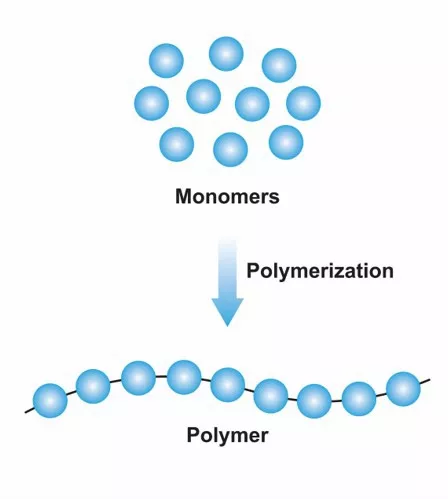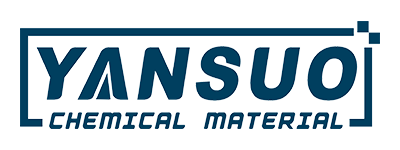Products
Latest News
Monomers
🔹 Introduction
The synthetic blocks or repeating units in a polymer are called monomers. Polymerization or polymer synthesis is a chemical reaction in which monomers are covalently bonded together to form a polymer structure. The nature of the monomer is crucial to the properties of the final polymer.

The number of functional groups in a monomer that can participate in a reaction is the functionality. Monomers with a functional degree of 1 can only form dimers, monomers with a functional degree of 2 can form linear polymers, and molecules with a functional degree greater than 2 can form bulk polymers. Typically, bulk polymers have a higher strength than linear polymers. The nature of the monomer has an important influence on the properties of the final polymer, so we can choose the right monomer or modify it to obtain the polymer we want.
🔹 Classification of Monomers
Currently, we have a full range of products and can provide the best and most appropriate products and services to various customers based on their required specifications and characteristics. We also continue to develop various types of special monomers according to market trends to meet the technical challenges of various industrial applications. such as "special monomers" and "special oligomers".
Our monomer products include mono-functional, di-functional, tri-functional, multi-functional, ethoxylated, propoxylated,caprolactone-modified, toluene-free, high-refraction, high-Tg, tough-structure and trans-esterification lactone ring monomers.
Here we mainly show two types of monomers,such as “UV monomers ”and “cationic monomers”,which are the most important monomers. They are sold around the world, and their quality is affirmed by international companies.
🔹 Applications
Our monomer products: they are mainly used in the following industries
(1)UV-curable protective coatings such as UV curing inks,photoresist, binder, and optical film.
(2)Non-UV curing products such as rubber compounding modified agents, SAP, synthetic resins, pharmaceutical intermediates, anaerobic adhesives, etc.





